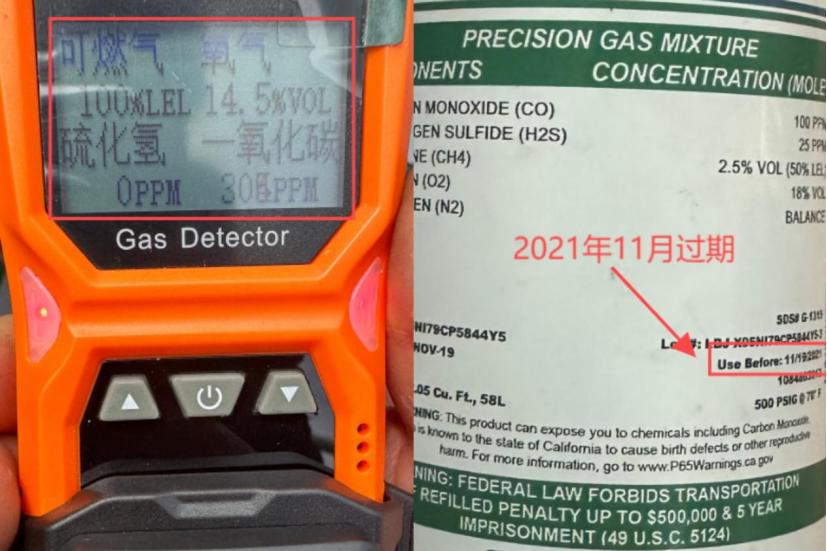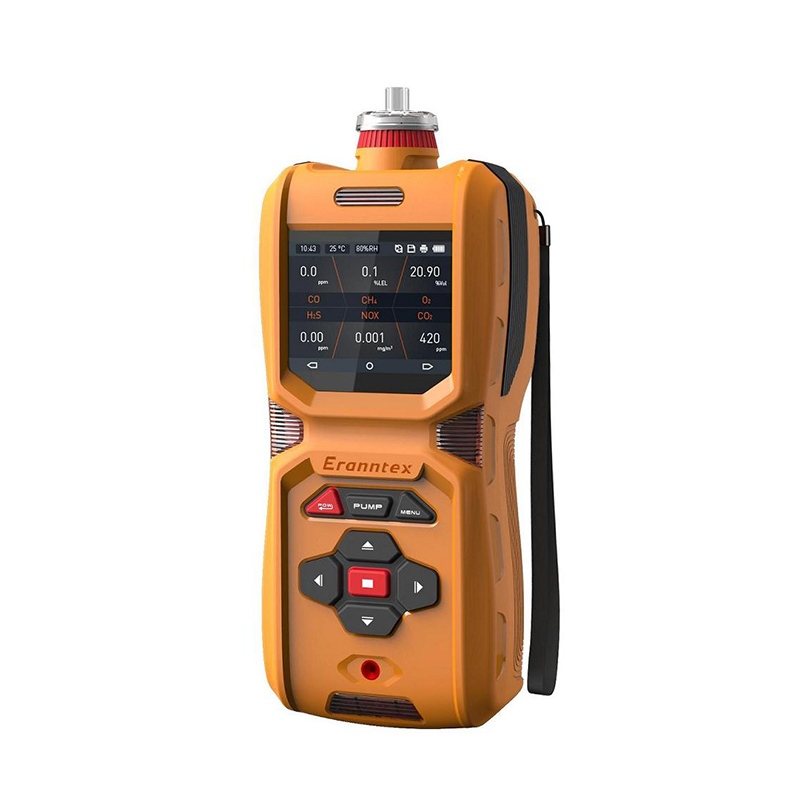- English
- Español
- Português
- русский
- Français
- 日本語
- Deutsch
- tiếng Việt
- Italiano
- Nederlands
- ภาษาไทย
- Polski
- 한국어
- Svenska
- magyar
- Malay
- বাংলা ভাষার
- Dansk
- Suomi
- हिन्दी
- Pilipino
- Türkçe
- Gaeilge
- العربية
- Indonesia
- Norsk
- تمل
- český
- ελληνικά
- український
- Javanese
- فارسی
- தமிழ்
- తెలుగు
- नेपाली
- Burmese
- български
- ລາວ
- Latine
- Қазақша
- Euskal
- Azərbaycan
- Slovenský jazyk
- Македонски
- Lietuvos
- Eesti Keel
- Română
- Slovenski
- मराठी
- Srpski језик
How Many Marine Gas Detectors Are Appropriate? What Are the Configuration Requirements for Different Ship Types?
2025-11-05
In the past decade, asphyxiation and poisoning have accounted for nearly 70% of accidents in enclosed spaces both domestically and internationally. Inadequate gas detection is a significant contributing factor to safety accidents involving confined spaces on ships. Recently, the Shenzhen Daya Bay Maritime Safety Administration discovered during a special rectification campaign that some vessels lack sufficient gas detectors, posing a safety hazard to crew members. Different ship types have different requirements for the number of marine gas detectors required; the following is a detailed explanation from Zetron Technology.

I. Basic Considerations for the Configuration of Marine Gas Detectors
The configuration of marine gas detectors should be based on the type of vessel and the operational risks. Ordinary vessels generally require at least one detector, while special vessel types such as bulk liquefied gas carriers, classed oil tankers, and offshore mobile platforms, due to higher operational risks, require a correspondingly larger number.
In terms of detection functionality, gas detectors must be able to measure oxygen, toxic gases, and combustible gases. For example, when operating vessels enter enclosed spaces, whether Chinese-flagged or convention-flagged, they must be equipped with at least one portable instrument capable of measuring multiple gases; liquid cargo ships primarily measure oxygen and combustible vapor concentrations, with non-classed vessels requiring at least one detector and classed oil tankers requiring at least two.

II. Configuration Requirements for Different Ship Types
Bulk carriers transporting liquefied gas must be equipped with at least two portable gas detectors approved by the competent authority. The requirements are the same for Chinese-flagged ships and those listed in the Convention.
Ro-Ro ships must be equipped with at least one portable combustible gas detector, specifically for enclosed Ro-Ro spaces and enclosed vehicle spaces with non-continuous ventilation.
Bulk carriers transporting bulk cargo that may release toxic or flammable gases or cause oxygen depletion must be equipped with at least one instrument capable of measuring the concentration of toxic or flammable gases or oxygen concentration.
Mobile offshore platforms, in addition to being equipped with handheld instruments capable of measuring oxygen and combustible vapor concentrations, must also be equipped with portable gas detectors for entering enclosed spaces. The number of these detectors must be determined based on the number of firefighters required to operate them.
For offshore floating installations (effective April 1, 2025), when operations involve large quantities of combustible gases, a handheld gas detector capable of accurately measuring the concentration of combustible gases must be provided, along with at least two additional portable gas detectors for use in enclosed spaces; Convention vessels shall be equipped in accordance with the requirements of the flag state's competent authority or an authorized organization.
III. Configuration Considerations
Insufficient configuration can create blind spots in gas detection during operations in confined spaces, potentially leading to safety accidents. Ship management should determine the appropriate quantity of gas detectors based on relevant inspection regulations and the type of operation.
Based on years of industry experience, Zetron Technology, a gas detector manufacturer, recommends that ship management companies clarify the ship type, operational scenario, and applicable regulations before purchasing, and then procure according to the configuration requirements. Regularly maintaining an equipment ledger and checking the configuration quantity regularly to ensure it meets ship type requirements can prevent safety risks caused by configuration issues.
IV. Product Selection
In addition to ensuring compliant configuration, choosing reliable products is also crucial. Zetron Technology's gas detectors have undergone extensive practical verification in marine applications. Their configuration, indication error, certification, and endurance strictly comply with regulatory requirements. They offer stable performance and accurate detection, providing strong support for safe operations in confined spaces on ships, making them a reliable choice for marine gas detectors.
In short, the number of marine gas detectors required depends on the ship type and the operational risks; different ship types have different requirements. Ship management can ensure that gas detectors effectively provide safety protection by configuring them appropriately according to the actual situation.







